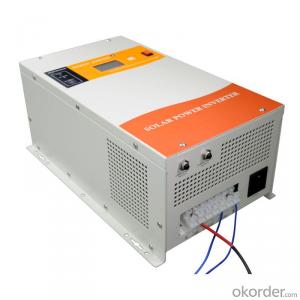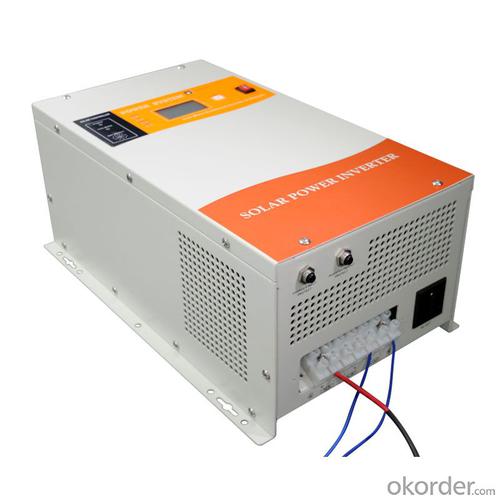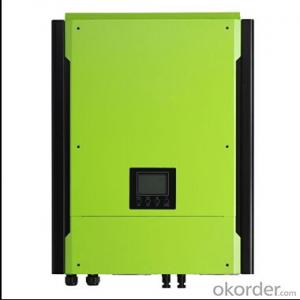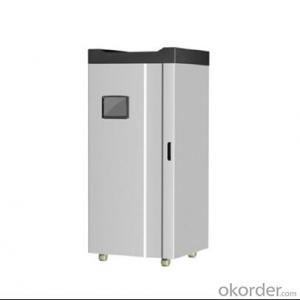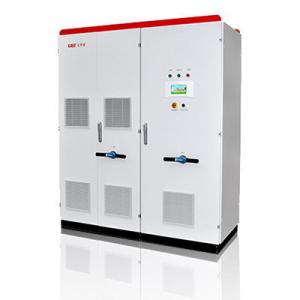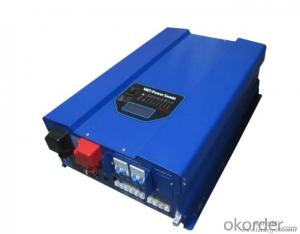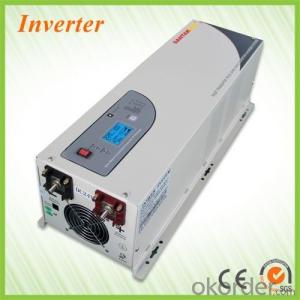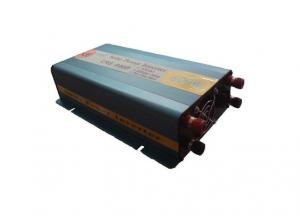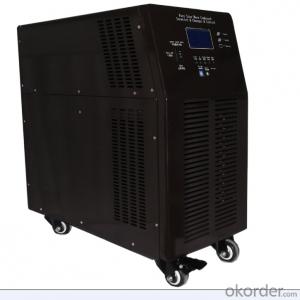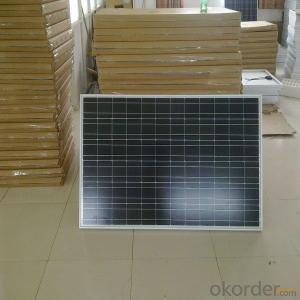2015 Hot Selling South Africa Solar Power Inverter made in China60a
- Loading Port:
- China main port
- Payment Terms:
- TT OR LC
- Min Order Qty:
- 50 pc
- Supply Capability:
- 1000 pc/month
OKorder Service Pledge
OKorder Financial Service
You Might Also Like
Features of Pure sine wave inverter :
For PV Energy Saving System
MPPT Charge with 40A Charge Controller
AC Output Voltage: 120Vac/230Vac 50Hz/60HZ Automatic
DC 24Vdc battery voltage
LCD Display screen
By-pass Input: AC grid or Generator
DC/AC Pure Sine Wave Low Frequency Inverter
9KVA Maximum Power Surge Rating for 20ms, Power 2HP Motor
Inbuilt Pure Copper Transformer
With RS232 & Remote Control Port
Sealed, GEL and flooded lead-acid batteries
IP21 Mental Case
Easy wiring
| MODEL | PV30-1KW | PV30-1.5KW | PV30-2KW | PV30-3KW | |||||
| Default Battery System Voltage | 12VDC | 24VDC | 12VDC | 24VDC | 12VDC | 24VDC | 12VDC | 24VDC | |
| INVERTER OUTPUT | Reted Power | 1.25KVA/1.0KW | 2KVA/1.5KW | 2.5KVA/2KW | 3.5KVA/3KW | ||||
| Surge Rating (20ms) | 3.0KVA | 4.5KVA | 6.0KVA | 9.0KVA | |||||
| Capable Of Starting Electric Motor | 1HP | 1HP | 1HP | 2HP | |||||
| Waveform | Pure sine wave/ same as input (bypass mode) | ||||||||
| Nominal Output Voltage RMS | 100V/110V/120VAC 220V/230V/240VAC(±10% RMS) | ||||||||
| Output Frequency | 5OHz/60Hz±0.3 Hz | ||||||||
| Inverter Efficiency(Peak) | >88% | ||||||||
| Line Mode Efficiency | >95% | ||||||||
| Power Factor | 0.8 | ||||||||
| Typical Transfer Time | 10ms(max) 10ms(max) | ||||||||
| AC INPUT | Voltage | 230VAC | |||||||
| Selectable Voltage Range | 96~132VAC 155~280VAC(For Personal Computers) | ||||||||
| Frequency Range | 50Hz/60Hz (Auto sensing) 40~80Hz | ||||||||
| BATTERY | Minimum Start Voltage | 10.OVDC /10.5VDC for12VDC mode (*2 for 24VDC, ) | |||||||
| Low Battery Alarm | 10.5VDC±0.3V for12VDC mode (*2 for 24VDC, ) | ||||||||
| Low Battery Cutoff | 10.0VDC±0.3V for12VDC mode (*2 for 24VDC, ) | ||||||||
| High Voltage Alarm | 16.0VDC±0.3V for12VDC mode (*2 for 24VDC, ) | ||||||||
| High Battery Voltage Recover | 15.5VDC±0.3V for12VDC mode (*2 for 24VDC, ) | ||||||||
| Idle Consumption-Search Mode | <25W when power saver on | ||||||||
| CHARGER | Output Voltage | Depends on battery tvpe | |||||||
| Charger AC Input Breaker Rrating | 10A | 30A | 30A | 30A | |||||
| Overcharge Protection S.D. | 15.7VDC for 12VDC mode (*2 for 24VDC mode) | ||||||||
| Maximum Charge Current | 35A | 20A | 45A | 25A | 65A | 35A | 75A | 45A | |
| BYPASS & PROTECTION | Input Voltage Waveform | Sine wave (grid or generator) | |||||||
| Nominal Input Frequency | 50Hz or 60Hz | ||||||||
| Overload Protection (SMPS Load) | Circuit breaker | ||||||||
| Output Short Circuit Protection | Circuit breaker | ||||||||
| Bypass Breaker Rating | 10A | 15A | 30A | 30A | |||||
| Max Bypass Current | 30Amp | ||||||||
| SOLAR CHARGER | Maximum PV Charge Current | 40A | |||||||
| DC Voltage | 12V/24V atuo work | ||||||||
| MPPT Range @ Operating Voltage | 15~55VDC | ||||||||
| Maximum PV Array Open Circuit Voltage | 55VDC | ||||||||
| Maximum Efficiency | >97% | ||||||||
| Standby Power Consumption | <2w | ||||||||
| MECHANICAL SPECIFICATIONS | Mounting | Wall mount | |||||||
| Dimensions (W*H*D) | 260*460*185mm | ||||||||
| Net Weight (Solar CHG) kg | 18.3 | 22 | 23.5 | 23 | 28 | 27 | |||
| Shipping Dimensions(W*H*D) | 350*570*300mm | ||||||||
| Shipping Weight (Solar CHG) kg | 21.9 | 24.8 | 26.5 | 25.6 | 31 | 30 | |||
| OTHER | Operation Temperature Range | 0°C to 40°C | |||||||
| Storage Temperature | -15°C to 60°C | ||||||||
| Audible Noise | 60dB MAX | ||||||||
| Display | LED+LCD | ||||||||
| Standard Warranty | 1 year | ||||||||
Warrenty
provides a 1~3 year limited warranty (“Warranty”) against defects in materials and workmanship for its Uninterruptible power supply, Power inverter/chargers, Solar charge controllers, Battery Products (“Product”).
The term of this Warranty begins on the Product(s) initial purchase date, or the date of receipt of the Product(s) by the end user, whichever is later. This must be indicated on the invoice, bill of sale, and/or warranty registration card submitted to MUST-Solar. This Warranty applies to the original MUST-Solar Product purchaser, and is transferable only if the Product remains installed in the original use location.
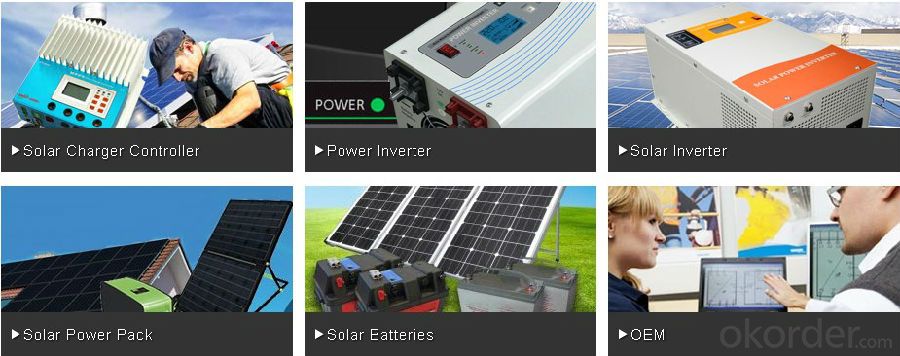
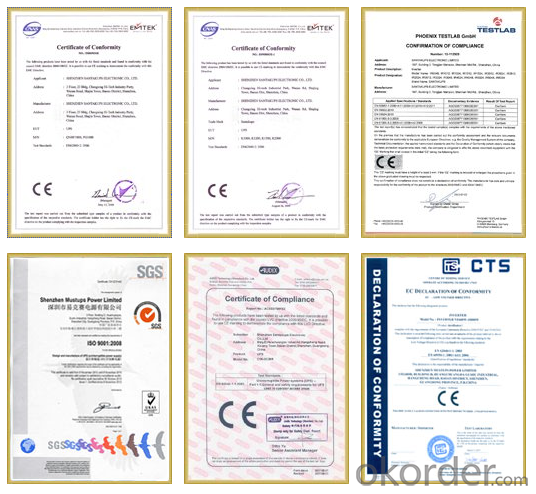
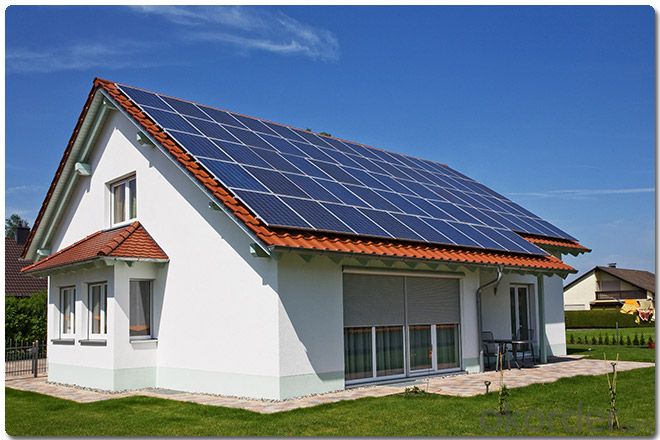
FAQ
1. How do I decide which system is right for me ?
For protection from long outages, include a generator or solar panels in your Must solar system. Shorter outages can be handled by a battery-only system.
2. Where my system will be installed ?
Must solar systems are usually wall-mounted near a home's main electrical (circuit breaker) panel.
3. How do I install my system ?
A must solar backup inverter is connected to a home electric system , we will supply detailed installation manual and videos for our customers .
4. How fast will my system respond to a power outage ?
Must solar inverters typically transfer to battery power in less than 16 milliseconds (less than 1/50th of a second).
- Q: What are the potential risks of electrical shock from a solar inverter?
- The potential risks of electrical shock from a solar inverter include direct contact with live electrical components, inadequate insulation or grounding, improper installation or maintenance, and failure to follow safety guidelines. Electrical shocks can cause injury, burns, and even fatalities. It is crucial to ensure proper precautions are taken, such as using qualified electricians, following manufacturer instructions, and implementing safety measures to mitigate these risks.
- Q: Can a solar inverter be used with solar-powered streetlights?
- Yes, a solar inverter can be used with solar-powered streetlights. A solar inverter is responsible for converting the direct current (DC) produced by solar panels into alternating current (AC) that can be used to power various electrical devices, including streetlights. By integrating a solar inverter into the system, solar-powered streetlights can efficiently utilize the energy captured from the sun to illuminate the streets.
- Q: What is the difference between a transformerless inverter and a transformer-based inverter?
- A transformerless inverter and a transformer-based inverter differ primarily in their design and functionality. A transformerless inverter, as the name suggests, does not incorporate a transformer in its circuitry. It uses advanced electronic components and techniques to convert direct current (DC) into alternating current (AC). This makes it more compact, lightweight, and cost-effective compared to transformer-based inverters. However, it may have limitations in terms of voltage isolation and grounding. On the other hand, a transformer-based inverter includes a transformer in its design. This allows for voltage transformation, isolation, and improved grounding capabilities. It provides better protection against electrical surges, noise, and voltage fluctuations. However, transformers add weight, increase size, and are more expensive compared to transformerless inverters. The choice between a transformerless and a transformer-based inverter depends on the specific requirements of the application. Transformerless inverters are commonly used in residential solar power systems, while transformer-based inverters are often preferred for industrial or commercial applications where higher power levels and enhanced protective features are necessary.
- Q: How does a solar inverter handle voltage fluctuations from the solar panels?
- A solar inverter handles voltage fluctuations from the solar panels by continuously monitoring the output voltage and adjusting it to maintain a stable and consistent level of voltage. It employs advanced control algorithms and power electronics to regulate and stabilize the voltage, ensuring optimal energy conversion and compatibility with the electrical grid. This helps protect the inverter and other connected devices from damage while maximizing the energy output from the solar panels.
- Q: How do I choose the right solar inverter for my system?
- When choosing the right solar inverter for your system, there are several factors to consider. Firstly, you need to assess the size and capacity of your solar panel system to ensure that the inverter can handle the expected power generation. Additionally, consider the type of inverter, such as string inverters, microinverters, or power optimizers, based on the specific needs and limitations of your system. It's also essential to check the inverter's efficiency, warranty, and reliability, as well as compatibility with other system components like batteries or monitoring systems. Lastly, consider your budget and choose an inverter that offers a balance between quality and cost-effectiveness. Consulting with a professional solar installer can provide valuable insights and help you make an informed decision.
- Q: What is the difference between a grid-tied and off-grid solar inverter?
- A grid-tied solar inverter is designed to convert the DC (direct current) electricity generated by solar panels into AC (alternating current) electricity that can be used in a home or business. It is connected to the utility grid, allowing surplus electricity to be sold back to the grid. In contrast, an off-grid solar inverter is specifically designed to be used in standalone systems where there is no access to the utility grid. It converts the DC electricity generated by solar panels into AC electricity for immediate use or storage in batteries for later use.
- Q: How does a solar inverter handle electromagnetic interference (EMI)?
- A solar inverter handles electromagnetic interference (EMI) by implementing various measures to mitigate and minimize its impact. These measures include using proper shielding techniques, filtering the input and output signals, and complying with relevant EMI standards and regulations. Additionally, advanced digital signal processing techniques may be employed to suppress any EMI-induced noise and ensure the efficient conversion of solar energy into usable electricity.
- Q: How is the size of a solar inverter determined?
- The size of a solar inverter is determined based on the maximum power output of the solar panels connected to it. It should match or exceed the total capacity of the solar panels to ensure optimal performance and avoid any power limitations.
- Q: Can a solar inverter be used with a wind turbine?
- Yes, a solar inverter can be used with a wind turbine. Both solar panels and wind turbines generate DC (direct current) electricity, which needs to be converted to AC (alternating current) to be used in most household appliances and the electrical grid. A solar inverter is designed to convert DC electricity from solar panels into AC electricity, and it can also be used to convert the DC electricity generated by a wind turbine into AC electricity. However, it is important to note that wind turbines usually generate higher voltage and fluctuating currents compared to solar panels, so the inverter used with a wind turbine may need to be specifically designed to handle these variations. Additionally, wind turbines often have their own specialized inverters that are optimized for their unique electrical characteristics.
- Q: Can a solar inverter be used for both residential and commercial applications?
- Yes, a solar inverter can be used for both residential and commercial applications. Solar inverters are designed to convert the DC electricity generated by solar panels into AC electricity that can be used to power homes or businesses. They can be scaled to accommodate the specific energy needs of residential or commercial properties, making them suitable for various applications.
Send your message to us
2015 Hot Selling South Africa Solar Power Inverter made in China60a
- Loading Port:
- China main port
- Payment Terms:
- TT OR LC
- Min Order Qty:
- 50 pc
- Supply Capability:
- 1000 pc/month
OKorder Service Pledge
OKorder Financial Service
Similar products
Hot products
Hot Searches
Related keywords
